(July 22, 2024) Founded by Indian origin Aadith Moorthy, Boomitra, which means ‘friend of the earth’ in Sanskrit, has been receiving well-deserved acclaim. The organisation was named in the TIME 100 Companies list of 2024 for being a disruptor in carbon sequestration and supporting smallholder farmers worldwide. Last year, it won the prestigious Earthshot Prize, considered the Oscars for the environment in the ‘Fix Our Climate’ category for successfully removing 10 million tons of carbon from the atmosphere. Aadith Moorthy has made it to the 2024 Forbes 30 Under 30 North America list for creating social impact.
Aadith’s journey towards making a difference started eight years ago. During his visit to a remote village in South India, he witnessed a funeral procession of a farmer who had committed suicide, devastated by the hardships he faced due to failed monsoon rains. “This tragic event made me question why farmers, the backbone of society, were forced to struggle,” the Global Indian shared, talking about the reason behind starting Boomitra. This led him to think about how modern technology could offer a solution to such a problem in different geographies.
Soon after, driven by the desire to make a change, he laid the foundation of his startup to address this issue. The Florida native had always been an exemplary student in geography and social sciences, winning the 22nd National Geographic Bee competition in the US when he was just 13. Over the years, he developed an interest in technology and AI, going on to study at the California Institute of Technology for his graduate studies and at Stanford University for his master’s degree. Boomitra became an amalgamation of his interests, aimed at solving societal problems.
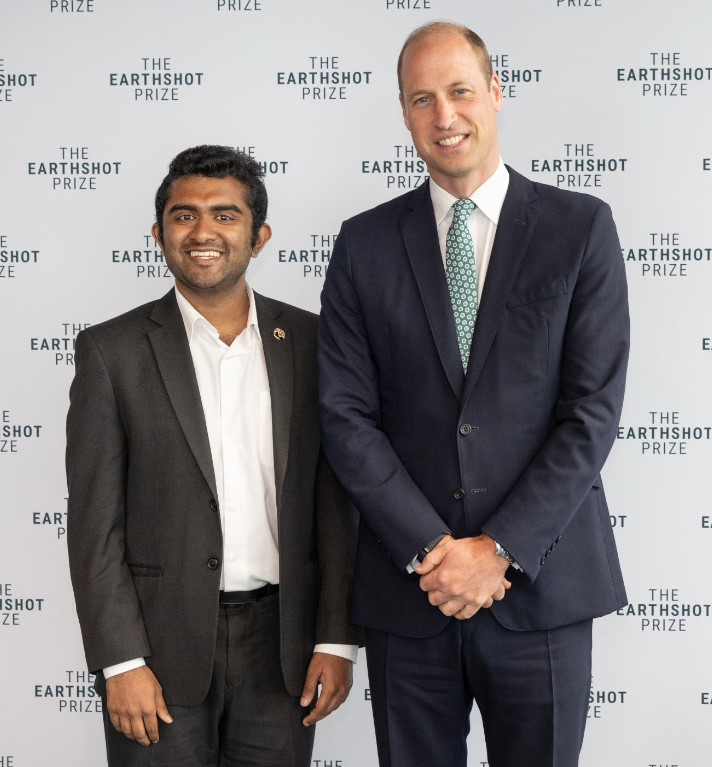
Aadith Moorthy with Prince Williams during the Earthshot Prize ceremony
Connecting needs of farmers and corporates
Farmers seek carbon-rich soil to enhance crop yields, while corporations aim to neutralise their CO2 emissions. Boomitra connects these two needs. Utilising his expertise in materials science, computer science, and artificial intelligence, Aadith founded Boomitra in 2016 with a mission “to unlock climate action at a gigaton scale through science-backed technology.” Ever since, the entrepreneur and his team have been working to “empower farmers and ranchers to create a planet that thrives.” Today, Boomitra operates across four continents and twelve countries.
In its eight-year journey, the organisation has established itself as the world’s leading soil carbon marketplace. Boomitra helps farmers and ranchers worldwide drawdown carbon from the atmosphere and store it in their soil. By regenerating soils globally, Boomitra is pioneering a greener future characterised by food system resilience and equality for all. The company has been empowering land stewards and enables businesses to meet their sustainability goals effectively.
As per a statement of Boomitra, “It has been able to reduce 10 million metric tons of CO2 from the atmosphere through the efforts of 150,000 farmers who use company’s proprietary AI and remote sensing technology to measure soil carbon stocks, and to restore grasslands through carbon farming.”

Image credit: Boomitra
Whether it’s restoring grasslands in Northern Mexico, empowering pastoralists in Kenya or supporting ranchers in Chihuahua, Sonoran deserts, lowlands of Argentina, Brazil, Paraguay, and Uruguay in South America, Boomitra has played a transformative role making lives of the smallholder farmers better.
“Effective climate action requires prioritising those most profoundly affected—communities in the Global South,” believes Aadith. Hence in his native country India, his efforts have benefited smallholder farmers through carbon farming initiatives. The organisation has been working to unlock agricultural sustainability in states like Maharashtra, Karnataka, Kerala, and Tamil Nadu.
Merging AI and farming
Aadith’s unique approach utilises satellites and AI-driven technology to measure soil carbon levels and verify carbon credits for sale on the open market. This method bypasses the need for expensive and time-consuming soil sampling, ensuring that a greater share of the revenue from carbon credits goes directly to farmers.
Under his leadership, Boomitra has been helping farmers adopt techniques like minimal tillage and the use of cover crops, which improve soil quality, capture carbon dioxide, boost crop yields, and mitigate climate change. “It’s not just about technological innovation; it’s about fostering climate solutions that resonate with the heartbeat of our global community,” Aadith Moorthy remarked, highlighting why his organisation is considered a leader in climate action.
The organisation is working on the goal to distribute $200 million in carbon finance to tens of thousands of marginalised farmers by 2025.
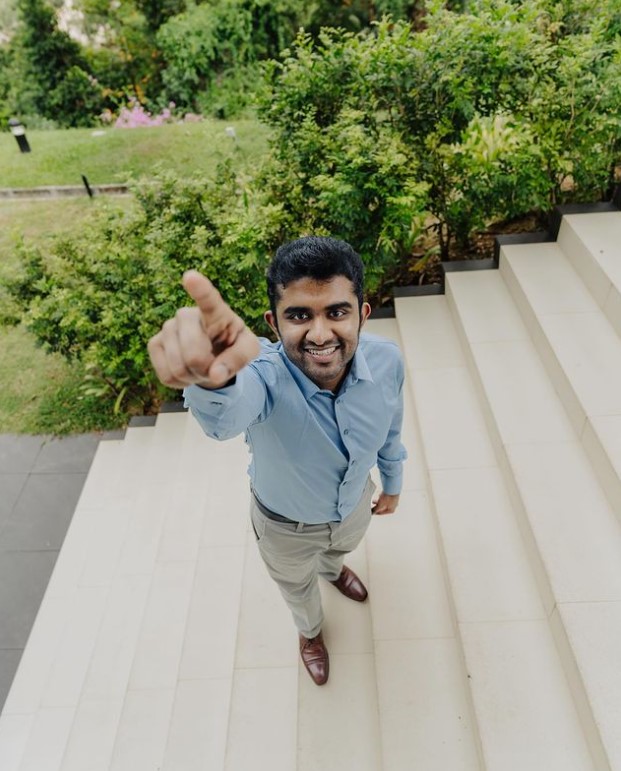
Aadith Moorthy
Always on the top-of-the-game
The only child of an immigrant computer engineer father and a homemaker mother, Aadith confidently clinched the 22nd National Geographic Bee in 2010. He told National Geographic News at that time, “I wanted to win—that was my goal,” adding that he “thought the questions would be harder.”
Just before the final round of the championship, which saw nearly five million fifth- to eighth-grade students vying for spots in the national competition through bees held in all 50 U.S. states, Aadith had mesmerised audiences with his electrifying Carnatic performance.
Along with the U.S. $25,000 college scholarship, the then highschooler of Palm Harbor Middle School had bagged a lifetime membership in the National Geographic Society and a trip to the Galápagos Islands in Ecuador.
After passing out of school when Aadith joined Caltech, he was able to earn yet another scholarship for his further studies which took him to Stanford.

2010 National Geographic Bee winner Aadith Moorthy (center) with fellow competitors | Image credit: National Geographic
Joining a cohort of students from 20 countries, Aadith had joined the inaugural class of Knight-Hennessy Scholars, a scholarship program founded by Stanford University. The scholarship covered his full tuition, boarding expenses, and a living stipend. The program provided leadership training, and brought him into contact with national and world leaders.
It was not an easy selection process as Aadith and other candidates were interviewed by stalwarts in their fields like the former Secretary of State, former U.S. Ambassador to Russia, the founder of Nike, former Stanford president and the then chairman of the board of Alphabet, Google’s parent company.
“This is a culmination of the past four years of my efforts at Caltech,” Aadith had remarked after getting successful in the tough selection process of Stanford’s life changing Knight-Hennessy Scholars program.
No stranger to scholarships, Aadith had earned the Barry Goldwater Scholarship before this achievement, which funded the cost of college tuition, other fees, books, and boarding charges for an entire academic year at Caltech.
After winning the 2010 National Geographic Bee at the age of 13, Aadith had correctly answered every question on the AP calculus exam, becoming one of only 11 people to do so that year, at the age of 16.
Love for Carnatic music
Although Aadith was raised in Florida, growing up he visited his native city Bangalore, every year – spending more than a month learning Carnatic music from his gurus there. “I started singing when I was four, and my first lessons were learned in the US,” he shared in an interview. Since online classes were not the norm then, he stayed in touch with his gurus in India through ‘phone classes,’ he said. Despite being a busy entrepreneur his passion for Carnatic music continues. The well-travelled entrepreneur and singer describes himself as a singer first, a traveller second, and then the CEO of Boomitra on social media.
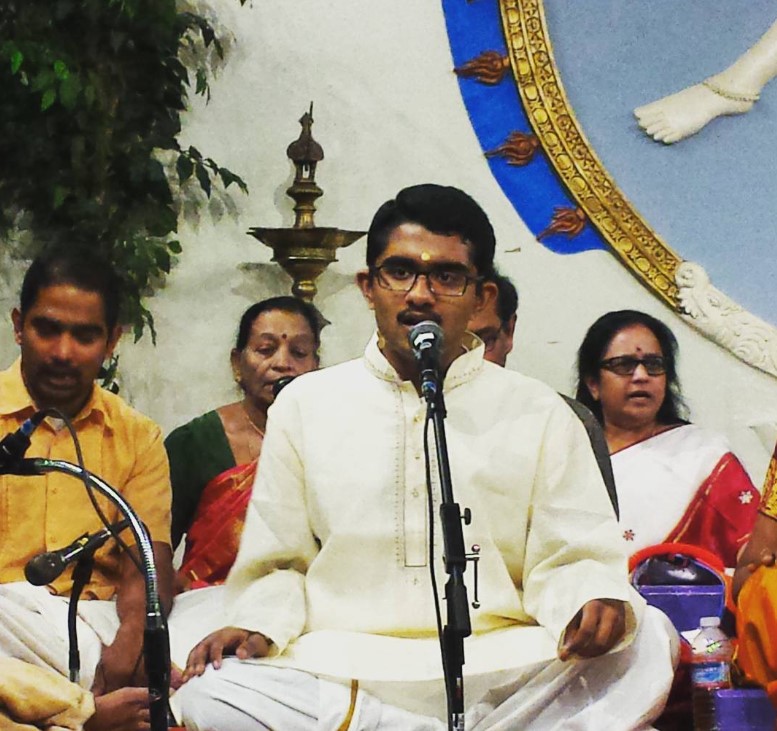
Aadith Moorthy during a Carnatic performance


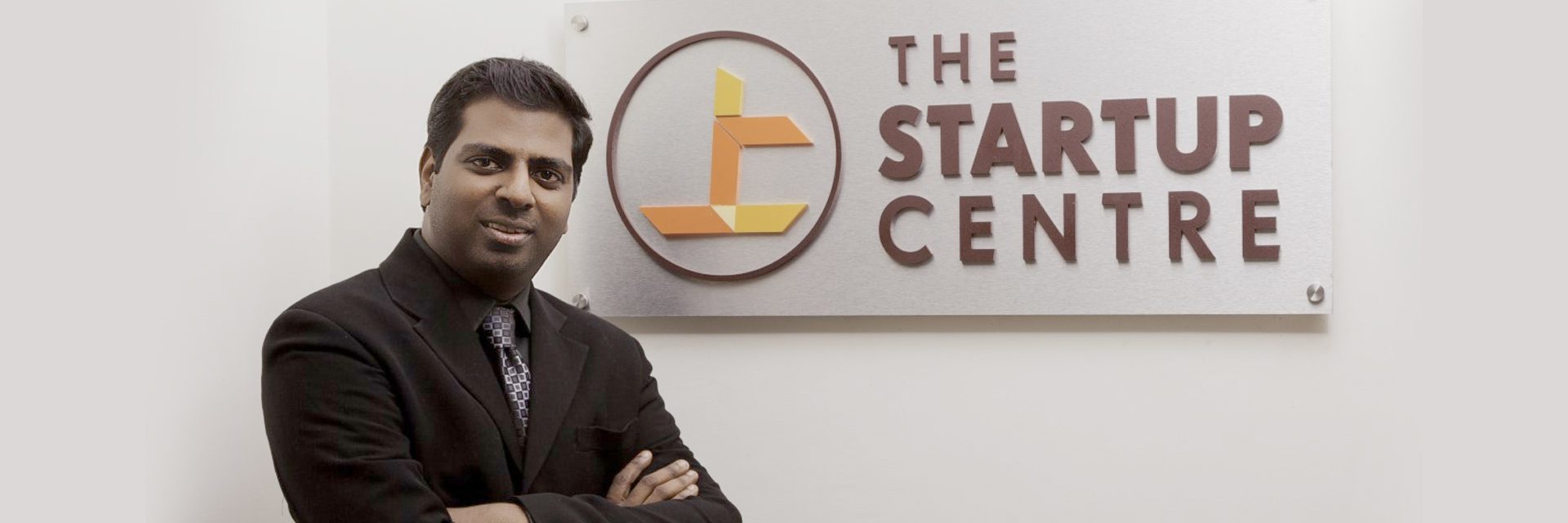
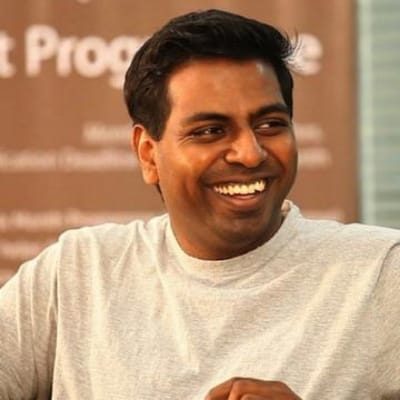
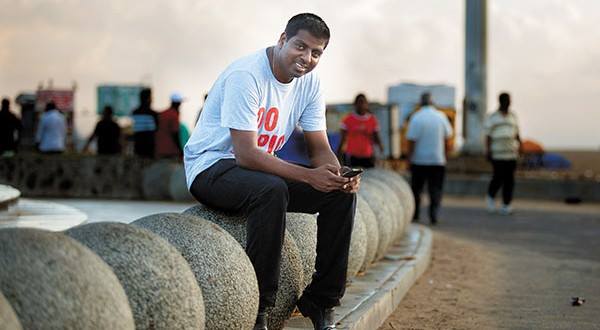
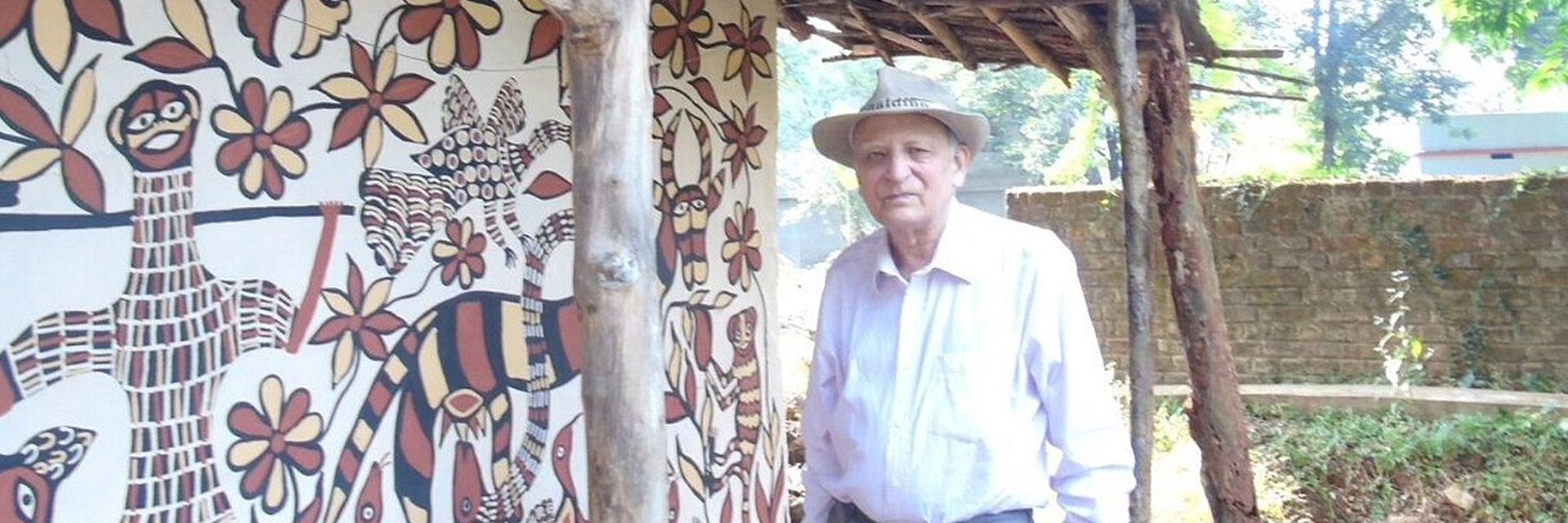
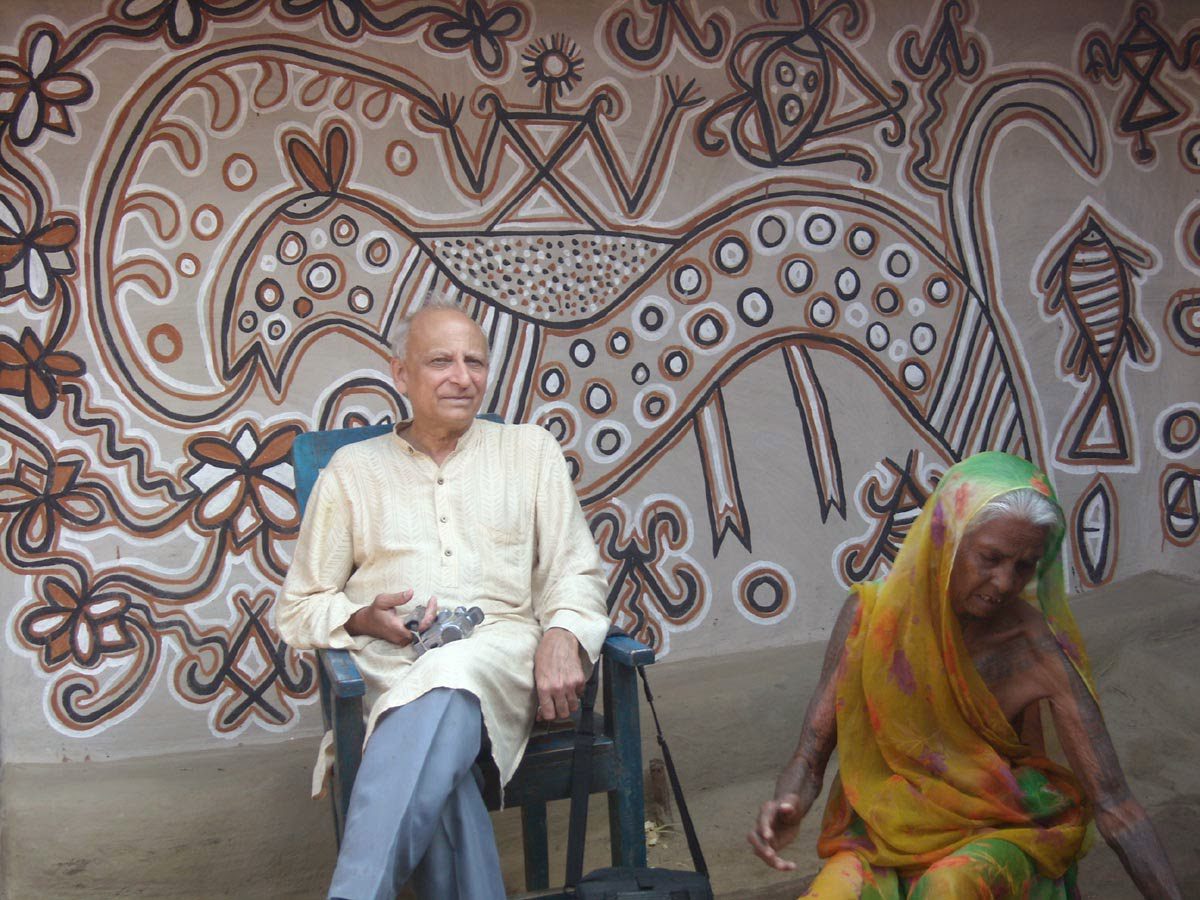
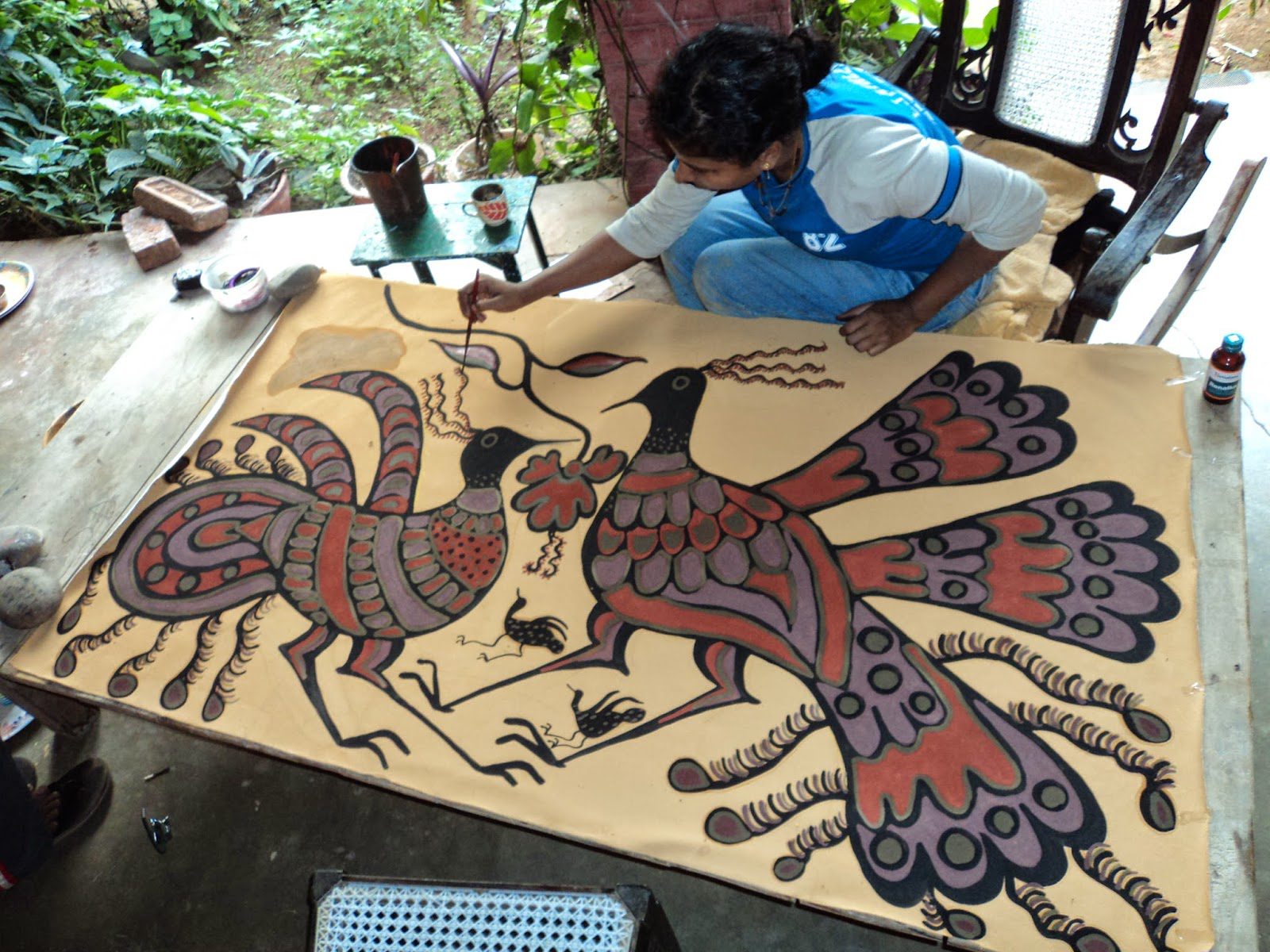 Bulu's daughter, Juliet Imam, making a tribal art[/caption]
Bulu's daughter, Juliet Imam, making a tribal art[/caption]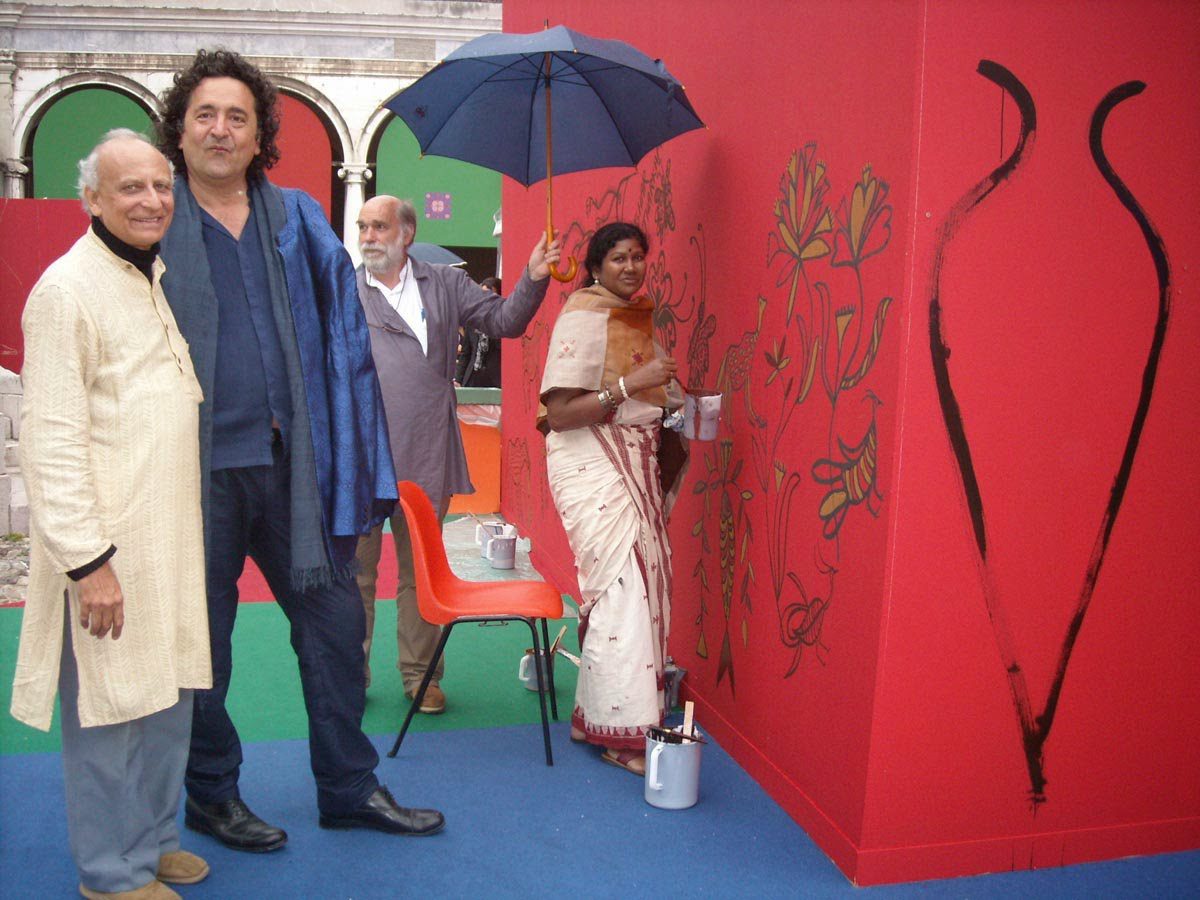 Bulu Imam, Tarshito, Erwin Neumayer, and Philomina painting in Vicino Lantano Festival[/caption]
Bulu Imam, Tarshito, Erwin Neumayer, and Philomina painting in Vicino Lantano Festival[/caption]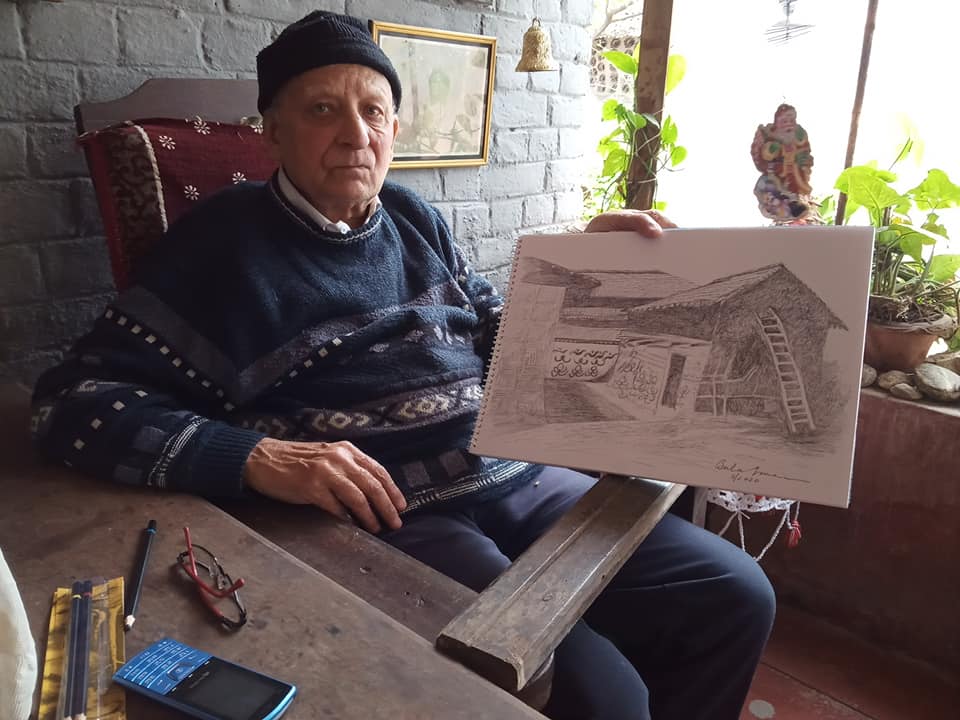 Bulu still likes to sketch whenever he finds some free time[/caption]
Bulu still likes to sketch whenever he finds some free time[/caption]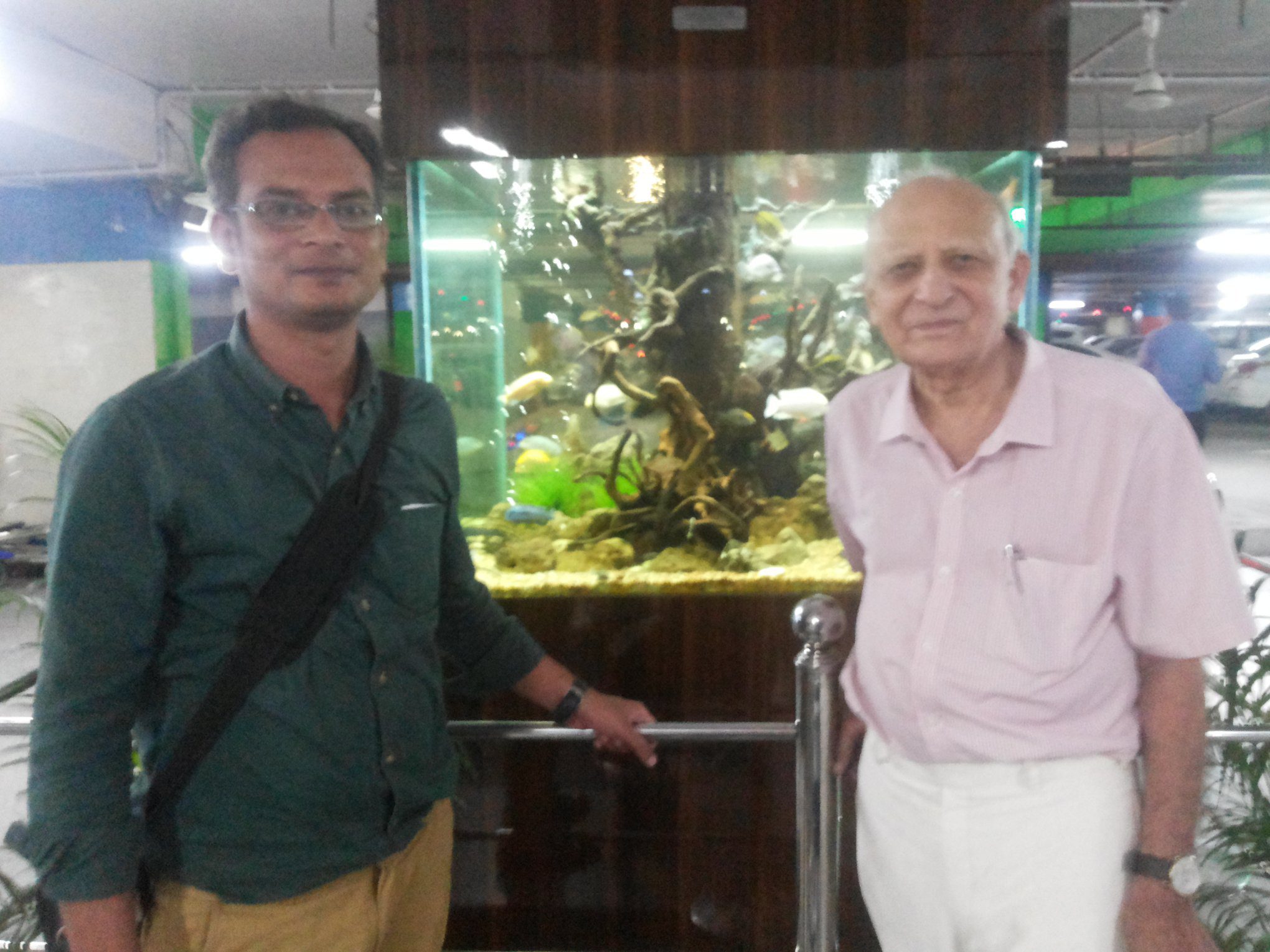 Bulu with his son, Gustav Imam[/caption]
Bulu with his son, Gustav Imam[/caption]
 Gaurav with Ava DuVernay on the sets of Origin[/caption]
Gaurav with Ava DuVernay on the sets of Origin[/caption]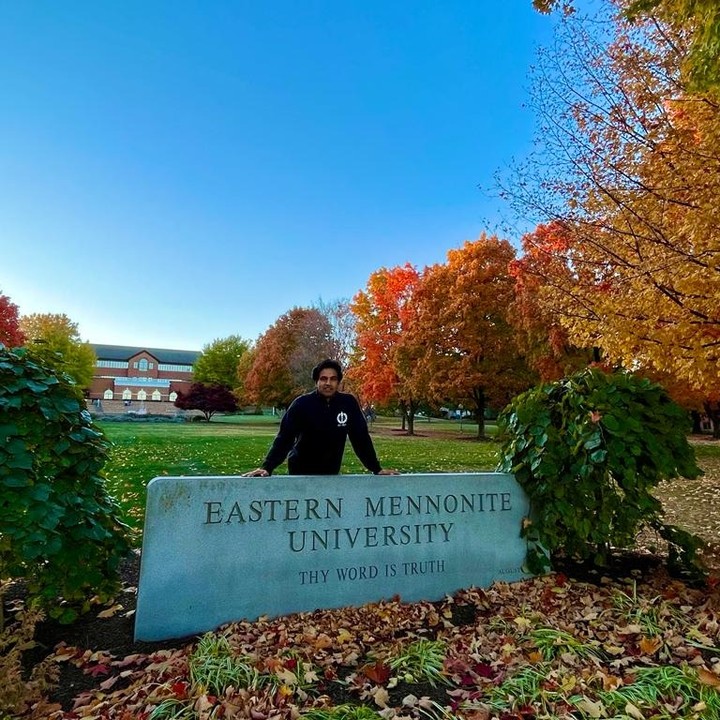
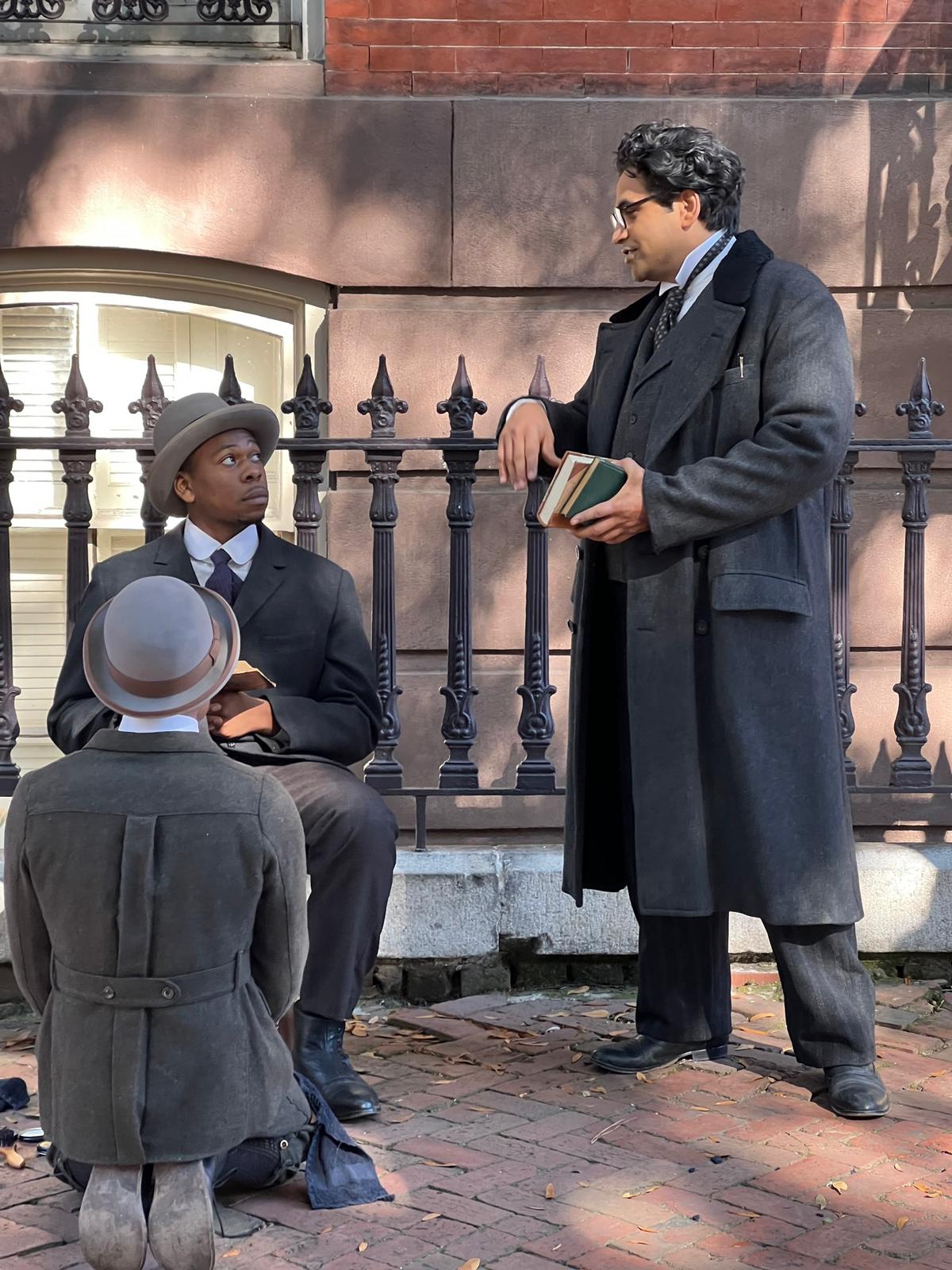 A scene when Dr. Ambedkar visits Harlem, in the New York City[/caption]
A scene when Dr. Ambedkar visits Harlem, in the New York City[/caption]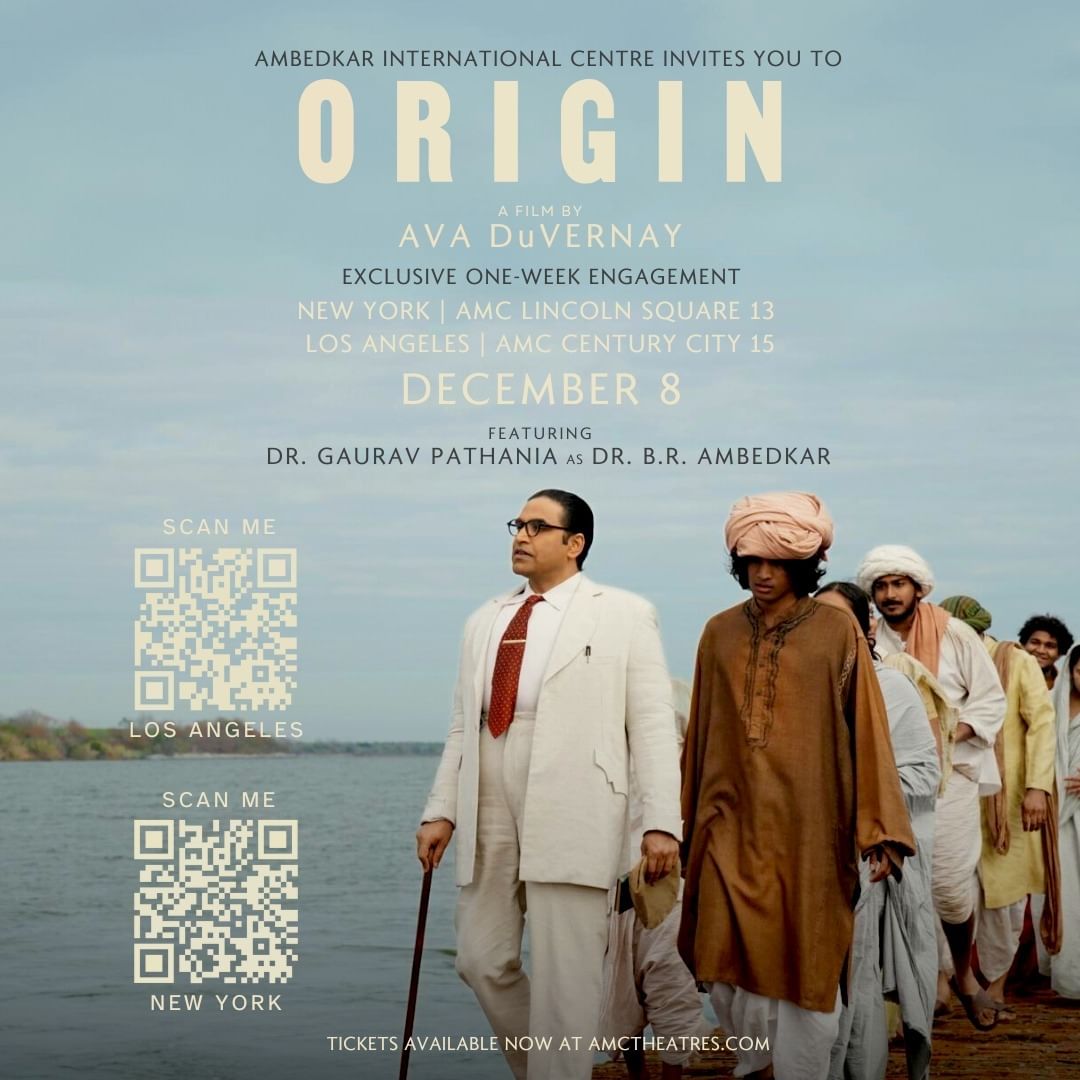 The poster of movie, Origin[/caption]
The poster of movie, Origin[/caption]
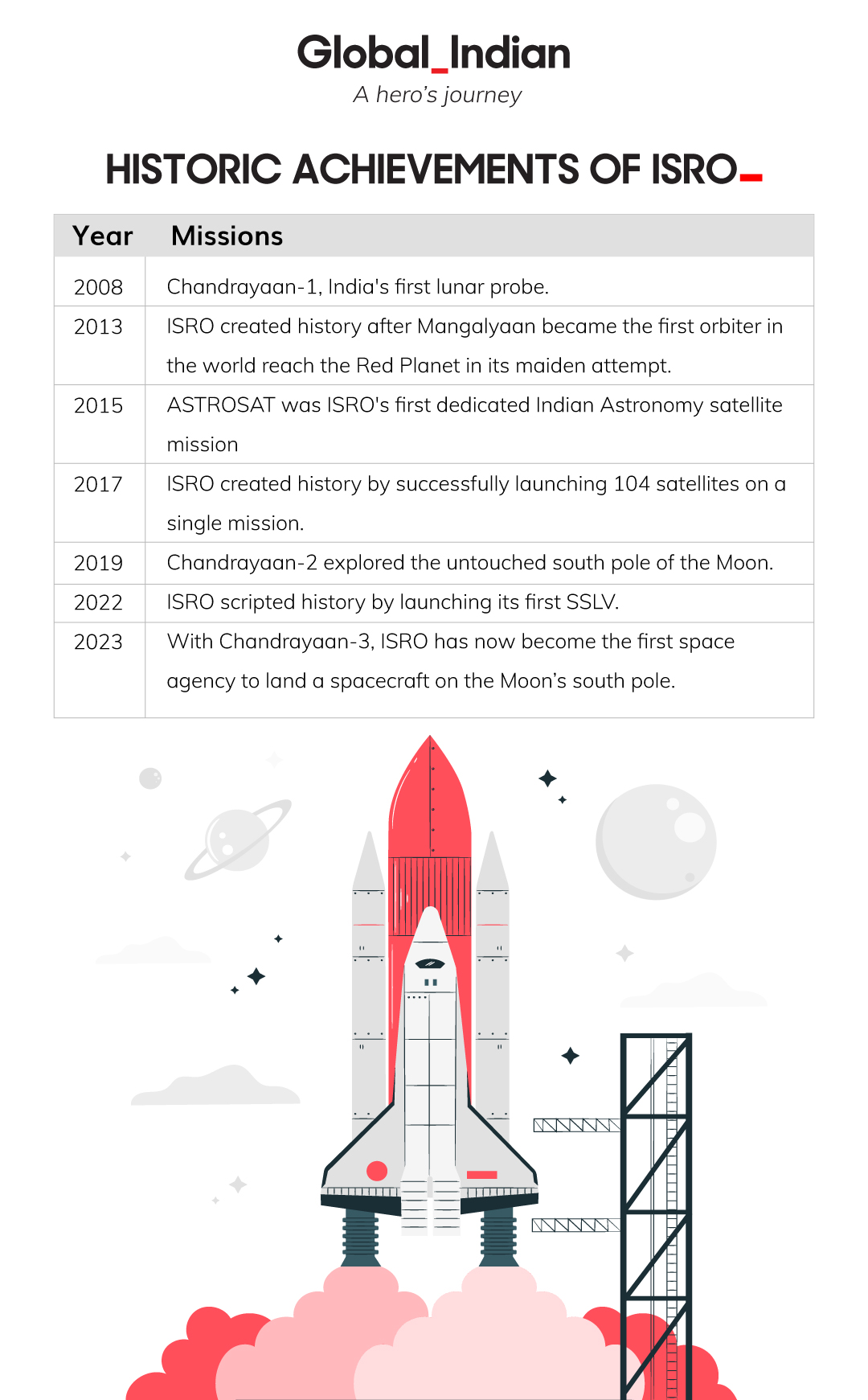
 ISRO's Chandrayaan-2 explored the south pole of the Moon[/caption]
ISRO's Chandrayaan-2 explored the south pole of the Moon[/caption]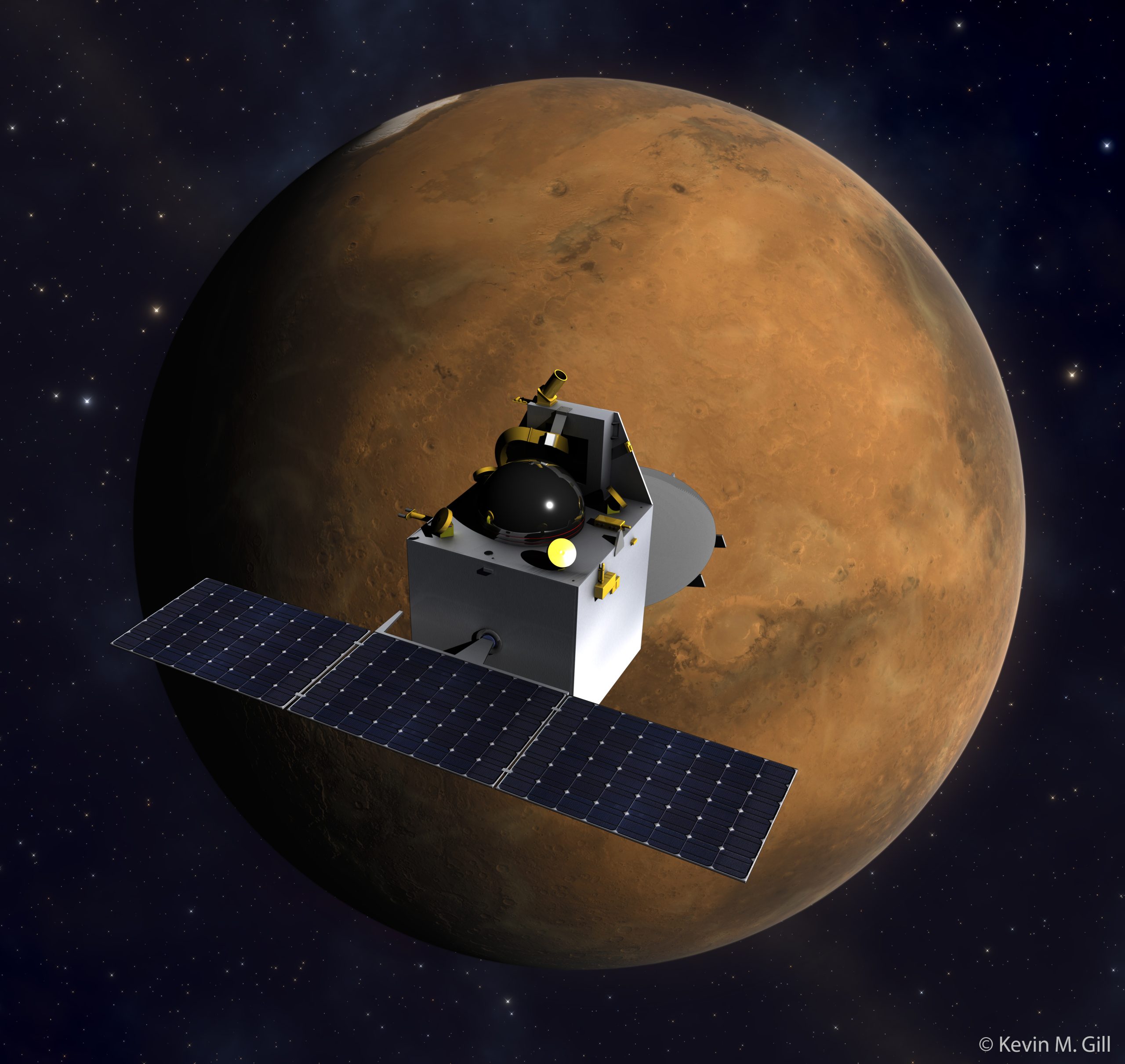 ISRO's Mangalyaan[/caption]
ISRO's Mangalyaan[/caption]

 Amanda Sodhi in Coonoor[/caption]
Amanda Sodhi in Coonoor[/caption] Amanda Sodhi in Hyderabad[/caption]
Amanda Sodhi in Hyderabad[/caption] Amanda Sodhi in Andamans.[/caption]
Amanda Sodhi in Andamans.[/caption]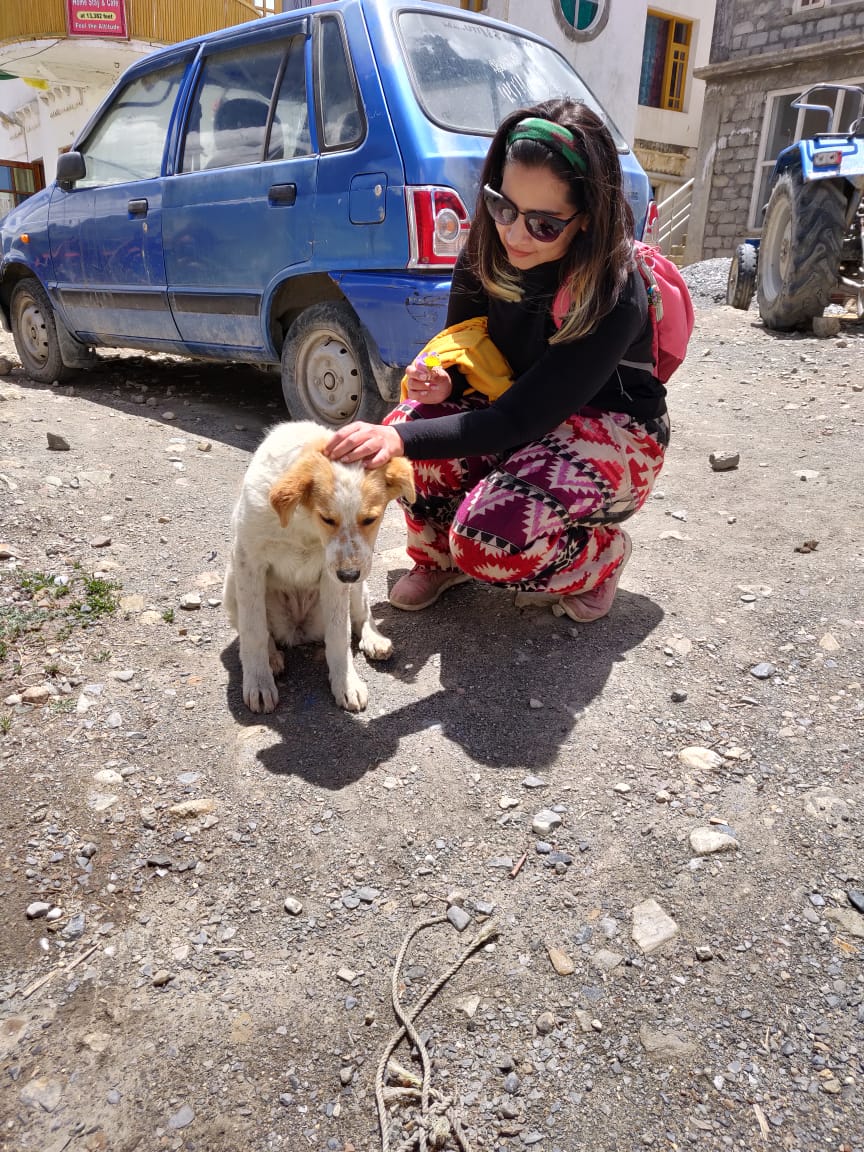 Amanda Sodhi in Spiti[/caption]
Amanda Sodhi in Spiti[/caption]